
Students build anemometers and use them to calculate wind speed.
- Subject:
- Education
- Material Type:
- Lesson Plan
- Provider:
- TeachEngineering
- Provider Set:
- TeachEngineering
- Date Added:
- 10/14/2015

Students build anemometers and use them to calculate wind speed.
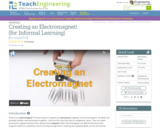
Students build electromagnets and use them to pick up objects.

This is a sample lesson with the objective that students will increase their fluency at identifying known letter sounds.
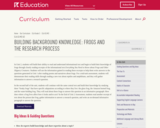
In Unit 2, students will build their ability to read and understand informational text and begin to build their knowledge of frogs through closely reading excerpts of the informational text Everything You Need to Know about Frogs and Other Slippery Creatures. Students will use the information gained in reading these excerpts to help them write answers to the questions generated in Unit 1 after reading poems and narratives about frogs. For a mid-unit assessment, students will demonstrate their reading skills through reading a new text about reptiles and amphibians, and they will gather information to answer a research question.
In the second half of the unit, students will continue with the same central text and build their knowledge by studying three "freaky frogs" that have specific adaptations according to where they live: the glass frog, the Amazon horned frog, and the water-holding frog. They will read about these frogs to answer this question in an informative paragraph: How does where a frog lives affect how it looks and/or acts? In the End of Unit 2 Assessment, students read another excerpt of text about the poison dart frog, gather information to answer a research question, and write an on-demand informative paragraph to answer the question.
RI.3.1, RI.3.3, RI.3.4, RI.3.5, RI.3.7, RI.3.8, W.3.2, W.3.7, W.3.8, L.3.1d,e, L.3.4
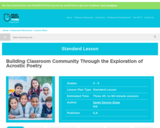
What do your students think about each other? Find out as you teach them the concepts of acrostic poems and challenge them to write an uplifting acrostic about a classmate.
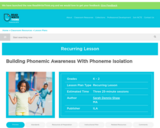
Students improve phonemic awareness through games and chants that help them isolate beginning and ending sounds and connect them with their written symbols (graphemes)

Students learn components of think-alouds and type-of-text interactions through teacher modeling. In the process, students develop the ability to use think-alouds to aid in reading comprehension tasks.
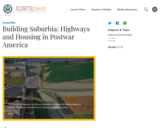
This lesson highlights the changing relationship between the city center and the suburb in the postwar decades, especially in the 1950s. Students will look at the legislation leading up to and including the Federal Highway Act of 1956. They will also examine documents about the history of Levittown, the most famous and most important of the postwar suburban planned developments.
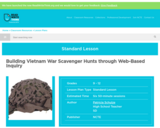
Students research the effects of the Vietnam war on a specific group of people who were involved. They then create Internet scavenger hunts to share with the class.
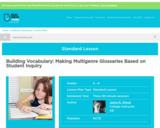
Students choose unfamiliar words from their reading and create a multigenre, multimodal glossary of terms.
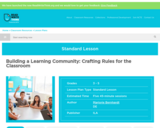
Students will learn to mind their ps and qs in this lesson on etiquette and appropriate behavior in the classroom.
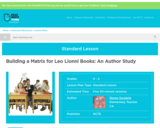
In this author study, students listen to and discuss four books by Leo Lionni. They identify similarities and differences in the stories and then compare two stories of their choice.

In a series of lessons, students will build a functional app. The students will build upon the previous lesson using the materials and information given towards completion of the app. In this lesson, students will learn about building an app in four stages: 1. Planning 2. Designing 3. Building (Code.Org) 4. Sharing.
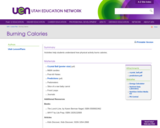
The activities in this lesson help students understand how physical activity burns calories.

In this lesson, students will study the Supreme Court case Burwell v. Hobby Lobby (2013). They will examine the facts of the case and analyze the arguments made on both sides through primary source documents and preceding cases. They will then assess the majority and minority decisions for the case.

Case background and primary sources concerning the Supreme Court case of Bush v. Gore. Dealing with the 2000 election, this lesson asks students whether or not they think the United States Supreme Court correctly decided the case.
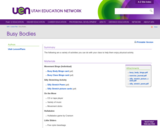
The following are a variety of activities you can do with your class to help them enjoy physical activity.
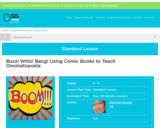
This lesson is sure to sizzle, not fizzle, as students use comic strips to find onomatopoetic words, develop a vocabulary list from the words, and discuss why writers use onomatopoeia.
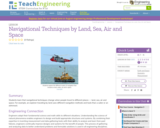
In this lesson, students learn that navigational techniques change when people travel to different places land, sea, air and in space. For example, an explorer traveling by land uses different methods of navigation than a sailor or an astronaut.

This lesson, part of the Digital Literacy series, addresses the importance of locating and verifying reliable sources when working with online information. This lesson is aimed at a young audience and operates on the assumption that many students in the class are not yet reading and writing independently.